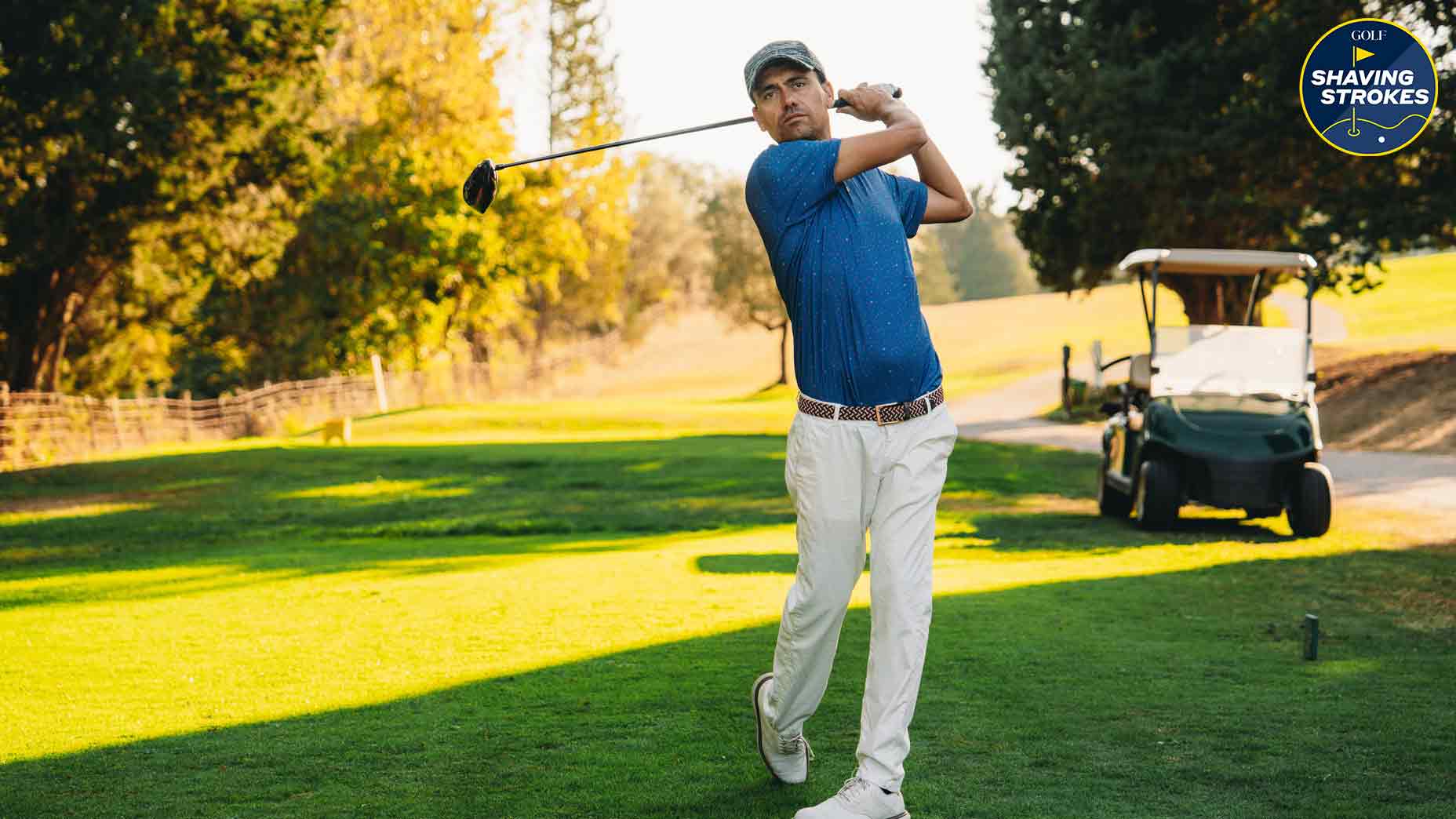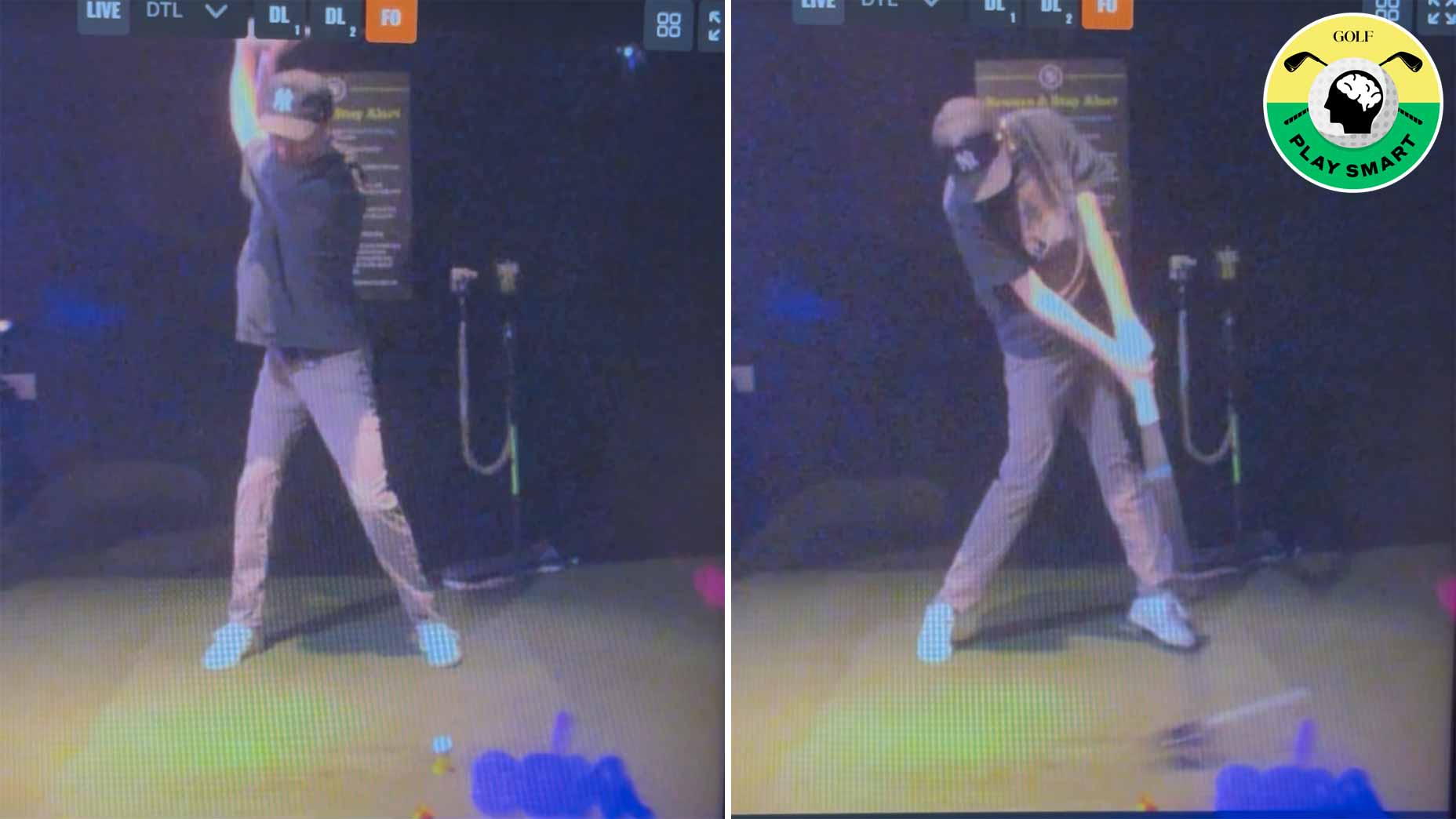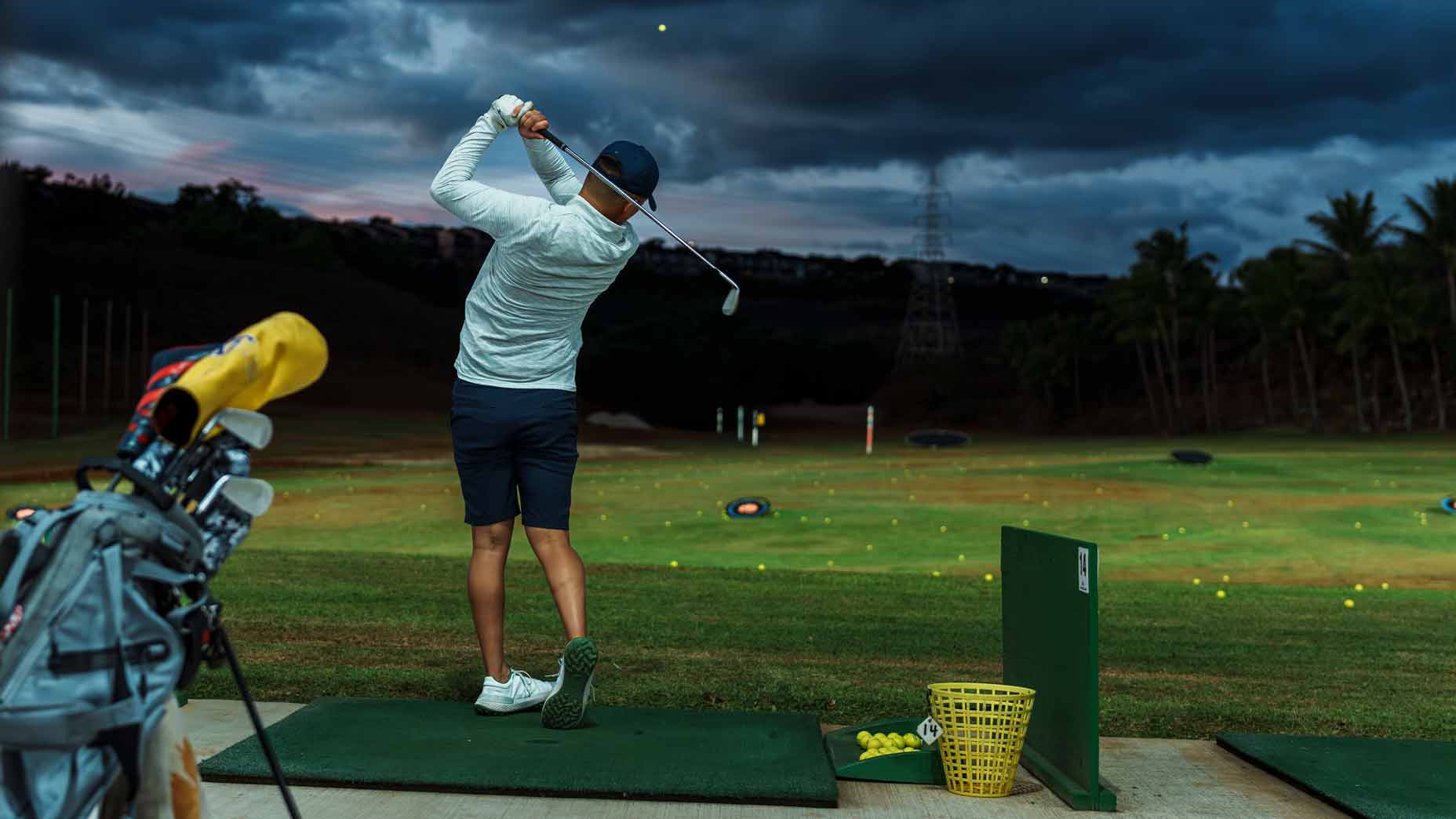Welcome to Shaving Strokes, a GOLF.com series in which we’re sharing improvements, learnings and takeaways from amateur golfers just like you — including some of the speed bumps and challenges they faced along the way.
Ask anyone who’s shaved a good amount of strokes off their golf handicap how they did it, and they’ll likely reply with something similar to this: “With a consistent plan.”
Problem is, most amateur golfers don’t have the time to consistently practice on their game, meaning it takes a little more time to see the positive gains that they’re hoping for — but that doesn’t mean you can’t reach your goals.
The key to practicing on limited time and still accelerate the progress is simple: Become efficient.
Focused golf practice: Rules for concentrating on each shot for better playBy: Nick Dimengo
In order to do so, it requires having the knowledge to focus on the most important areas of the game that will actually make a difference in your scores, eventually lowering your golf handicap.
So instead of beating 75 balls at the range trying to work on everything, it’s more effective to use that bucket on just one or two areas — which, when improved upon, can lead to lower scores much more quickly.
GOLF Teacher to Watch Todd Casabella can help. So take a look below to see what you can start working on beginning today.
2 important focus areas for lowering your golf handicap
“Regardless of your current golf handicap, there are two aspects of the game that you can never be too good at and that are proven to lower your scores — lag-putting and consistency off the tee,” Casabella says.
Here’s how Casabella says you can begin your journey toward better golf.
Lag-putting
Eliminating three-putting is the lowest hanging fruit for improving your scores. The biggest problem I see is when golfers don’t get the feel for the speed of the greens before they go out to play, and just drop a few balls to hit towards random holes.
If you do this, you’re not intentional in your practice and are worried more about making the putt than observing how the ball’s rolling. So before teeing off, make sure to get the feel for the speed. Here’s a simple drill to help.
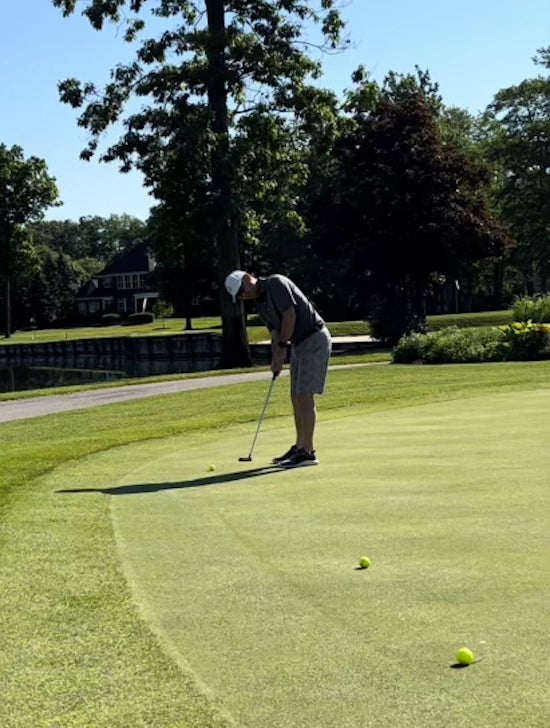
1. Go to the edge of the green and place two tees 10 steps apart. Ideally, the tees would have some uphill and downhill slope.
2. Using three balls, putt to one of the tees. Then turn and putt back to the other tee.
3. Once you’re able to roll six balls within one foot of each tee, three to one tee and three to the other, you know you are dialed in.
Become consistent on tee shots
In my opinion, being consistent off the tee is the No. 1 skill in golf.
When you’ve got the ability to hit your first shot to a safe position, it doesn’t just make the game more fun, it also allows you more chances to score low. Plus, a good tee shot builds up your confidence.
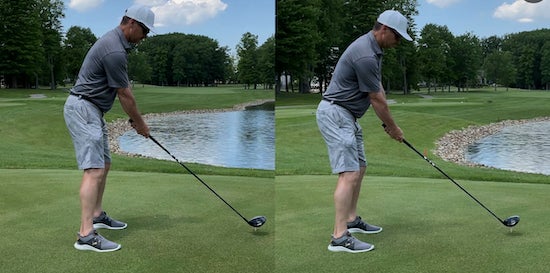
Many amateurs have no idea how to hit a draw or a fade with the driver, which is totally fine. Many of them just tell me, “I want to hit it straight,” but as the great Ben Hogan said, “You only hit a straight ball by accident!”
Since the tee shot is the hardest shot in golf, you want to make sure you’ve got a predictable curve. So if you tend to slice it and still want to land it in the fairway, it means aiming left and then actually hitting it left — not aiming toward the fairway. When you do this, your natural left-to-right curve happens, helping you keep the ball in play more often.
By simply improving on these two areas, you can easily master two important parts of the game — and quickly start shaving strokes off your golf handicap.

Voice Caddie VC4 Golf GPS
View Product
